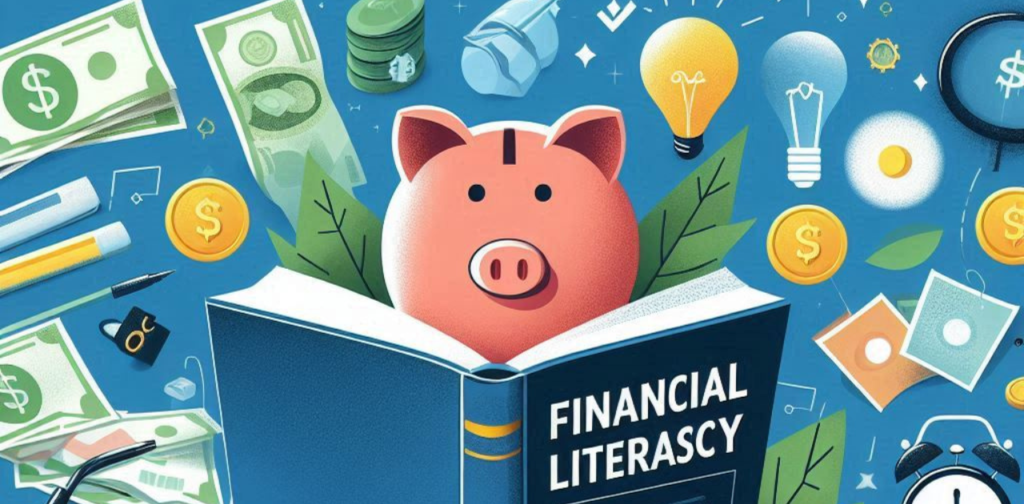Contents
Financial Literacy: Your Guide to Money Management
Introduction
Financial literacy is the ability to understand and effectively use a variety of financial skills, including personal financial management, budgeting, and investing. This includes knowledge of money management, savings, credit, investments, insurance and taxation. Financial literacy empowers individuals to make informed decisions about their finances, which improves financial well-being and security.
Body
Key components
of financial literacy include:

- Budgeting: Creating and maintaining a plan for managing income and expenses.
*Savings and Investments: Understanding the importance of savings and exploring investment options. - Debt Management: Understanding the different types of debt, managing debt wisely, and avoiding financial pitfalls.
- Insurance: Protection of assets and income through various insurance policies.
- Tax Planning: Understanding tax laws and strategies to minimize tax liabilities.
- Retirement Planning: Saving and investing for future financial security.
- Financial Planning: Setting financial goals and developing strategies to achieve them.
Practical Uses of Financial Literacy:
- Making informed financial decisions: Reviewing financial products and services.
- Achieving Financial Goals: Setting financial goals and working towards them.
- Wealth Building: Developing strategies for saving and investing.
- Financial Risk Management: Protection of assets and income through insurance and risk management.
- Teaching others about financial literacy: Sharing knowledge with family and community.
Table: Financial Literacy Skills
| Skills Description |
|—|—|
| Budgeting | Creating and managing a financial plan
| savings Allocating money for future goals
| Investment | Increase wealth through stocks, bonds, or real estate
| Debt Management | Understanding and managing credit and debt
| Insurance | Protection of assets and income
| Tax Planning | Minimizing tax liabilities
| Financial Planning | Setting financial goals and creating a road map

Result
Financial literacy is the cornerstone of personal and economic well-being. By developing strong financial knowledge and skills, individuals can make informed decisions, achieve financial stability, and build a secure financial future. It is important to start building financial literacy at an early age and continue learning throughout life.
Frequently Asked Questions
- How can I improve my financial literacy?
- By finding financial education resources, creating a budget, tracking expenses, and setting financial goals.
- What are the benefits of financial literacy?
- Better financial decision-making, debt reduction, increased savings, and greater financial security.
- How does financial literacy affect society?
- Financially literate individuals contribute to a stronger economy and less financial stress.
- What are some common financial mistakes?
- Overspending, carrying high levels of debt, not saving for retirement, and lack of insurance coverage.
- How can financial literacy be taught in schools?
- Incorporating financial education into the curriculum and providing real-world examples.
Financial literacy

empowers individuals to take control of their financial lives and make informed decisions. By investing time and effort in developing financial literacy, you can build a strong foundation for a secure financial future.
Would you like to focus on a specific aspect of financial literacy, such as budgeting, investing, or credit management?
